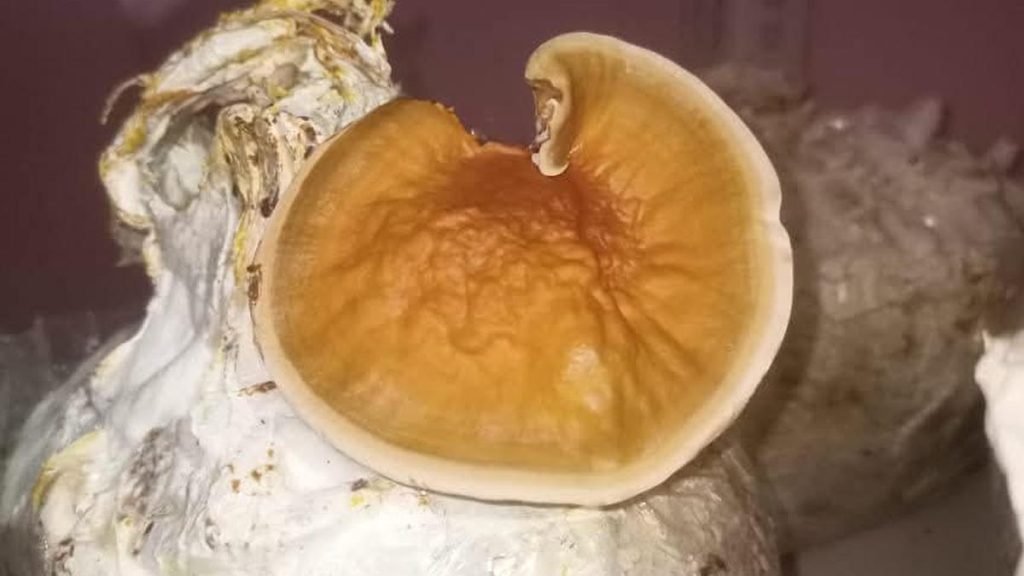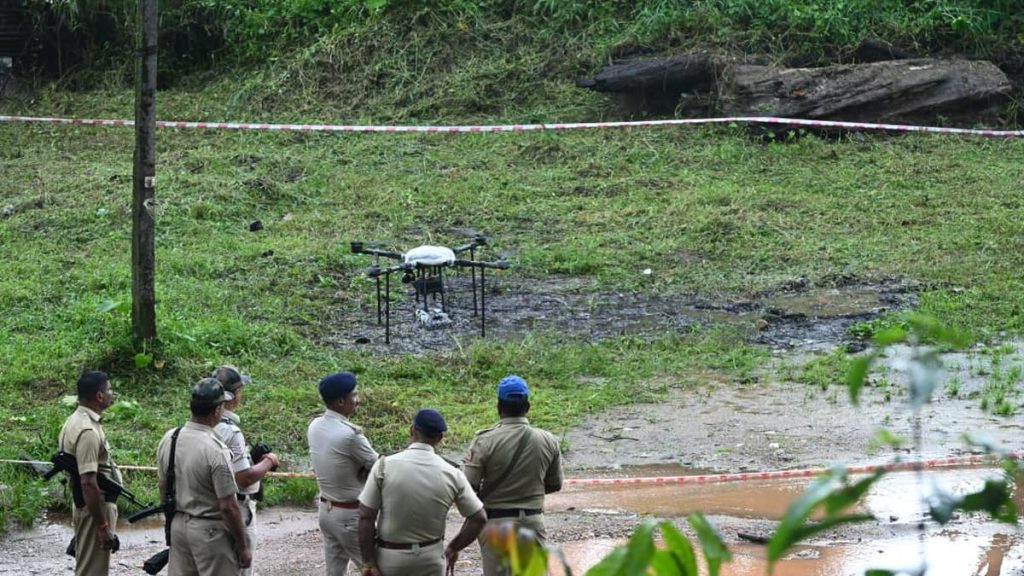Now Reading: NASA Veteran Steve Platnick Retires After 34 Years of Service
-
01
NASA Veteran Steve Platnick Retires After 34 Years of Service
NASA Veteran Steve Platnick Retires After 34 Years of Service

Quick Summary:
- Dr. Steven “Steve” Platnick retired from NASA on August 8, 2025, after a distinguished 34-year career in Earth Science.
- Joined NASA in 2002 as a physical scientist and served in the Earth Science Division since 2009.
- Held key roles like Deputy Director for Atmospheres (2015-2024) and as EOS Senior Project Scientist.
- Contributed substantially to advancements in cloud and atmospheric remote sensing technologies via MODIS and VIIRS missions on instruments such as Aqua and Terra platforms.
- Played central roles in algorithm design for cloud optical/microphysical properties used globally in Earth observing systems. His work bridged technological gaps between MODIS and VIIRS capabilities to maintain continuity of cloud data records since 2017.
- Participated extensively in national/international science initiatives including GEWEX, ARCSIX, PACE experiments, SEAC4RS field campaigns, among others over three decades.
- Supported effective communication of scientific research through leadership efforts at The Earth Observer newsletter’s editorial team untill its transition to fully online publication by July 2024.
- Recipient of numerous awards including Robert H. Goddard Award (2024), William Nordberg Memorial Award (2023), Verner E. Suomi Award (2016). He earned two NASA Exceptional Service/ Achievement Medals during his tenure.
Indian Opinion Analysis:
Dr. Platnick’s contributions underscore the importance of satellite-based cloud and atmospheric studies for advancing global environmental monitoring-a field vital for addressing climate-related challenges worldwide.Especially pertinent is India’s use of geospatial data from satellites like INSAT or CARTOSAT models; his work exemplifies how innovations leveraging algorithms can enhance meteorological precision.
For India-a country reliant on both weather forecasting accuracy due to monsoons’ unpredictability and climate adaptation measures-Platnick’s methodologies highlight actionable pathways toward greater integration wiht global satellite ecosystems bridging hydrological & agricultural resilience maps tailored regionally too eventually maximize future observational utility enriched holistic frameworks it might locally invest internally state-specific transitions
























